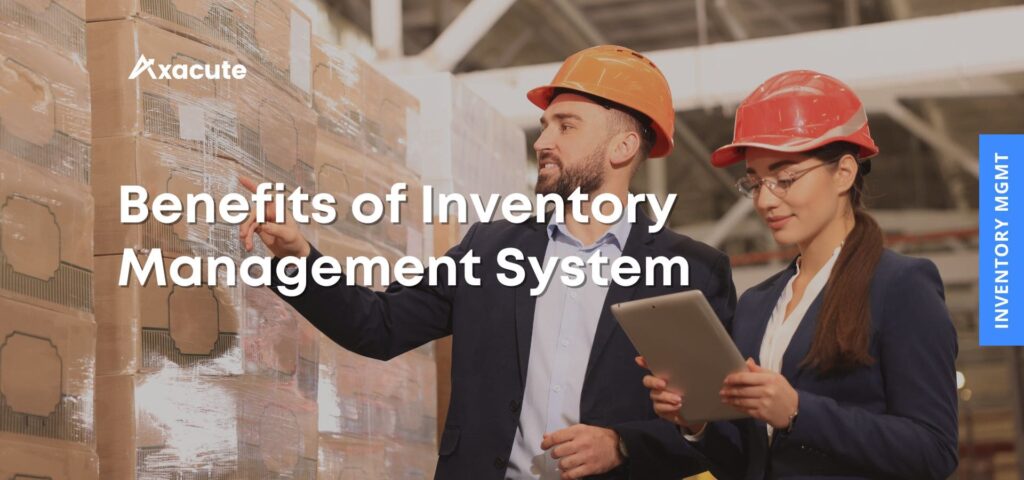5 Hardest Things to Implement in a WMS

Introduction to Warehouse Management System (WMS)
Warehouse Management Systems (WMS) play a crucial role in efficiently managing and organizing warehouse operations. Implementing a WMS can bring numerous benefits to a business, such as improved inventory control, increased productivity, and enhanced customer satisfaction. However, the implementation process can be challenging and often involves overcoming various hurdles. In this article, we will explore the five hardest things to implement in a WMS and discuss strategies to address these challenges effectively.
1. System Integration and Compatibility
One of the most significant challenges in implementing a WMS is ensuring seamless integration with existing systems and technologies. WMS platforms need to communicate with other systems like Enterprise Resource Planning (ERP), Transportation Management Systems (TMS), and Order Management Systems (OMS) to exchange data and enable smooth warehouse operations. Achieving compatibility and integration requires careful planning, collaboration between IT teams, and possibly customizing the WMS solution to meet specific requirements.
2. Data Migration and Accuracy
Transferring data from legacy systems to a new WMS can be a complex task. The accuracy of data migration is crucial for maintaining inventory integrity and ensuring a seamless transition. It is essential to cleanse, validate, and map data accurately from the old system to the new WMS. This process may involve cleaning up inconsistent or duplicate data, establishing data validation rules, and conducting thorough testing to identify and rectify any discrepancies. Investing time and effort in data migration planning and execution is critical to avoid disruptions and errors during WMS implementation.
3. User Training and Adoption
A WMS is only as effective as its users. Training warehouse staff and ensuring their adoption of the new system is a significant challenge. Resistance to change, lack of technical expertise, and fear of the unknown can hinder user adoption. To overcome this challenge, organizations must invest in comprehensive training programs that cover all aspects of the WMS, including navigation, data entry, reporting, and troubleshooting. Involving employees in the implementation process and providing continuous support and feedback channels can help foster user engagement and promote a smooth transition.
4. Process Redesign and Optimization
Implementing a WMS often requires reevaluating and redesigning existing warehouse processes. This can be a daunting task as it involves analyzing current workflows, identifying inefficiencies, and implementing process improvements. It is crucial to strike a balance between leveraging the WMS’s best practices and tailoring it to meet specific business requirements. Process redesign should aim to streamline operations, eliminate bottlenecks, and optimize resource utilization. Involving process owners and key stakeholders in the redesign process can ensure buy-in and facilitate a successful implementation.
5. Change Management and Stakeholder Engagement
Implementing a WMS is a significant organizational change that impacts various stakeholders across the business. Effective change management is vital to address resistance, manage expectations, and ensure a smooth transition. It is crucial to engage stakeholders from different departments, communicate the benefits of the new system, and provide a clear roadmap for implementation. Regular updates, town hall meetings, and open channels for feedback can help foster a sense of ownership and collaboration, mitigating resistance and ensuring a successful WMS implementation.
Conclusion
Implementing a Warehouse Management System can revolutionize warehouse operations, but it comes with its fair share of challenges. From system integration and data migration to user adoption and process redesign, businesses must navigate these hurdles to realize the full potential of a WMS. By addressing these challenges head-on, organizations can lay a solid foundation for a successful WMS implementation and reap the benefits of improved inventory control, increased productivity, and enhanced customer satisfaction.
Categories
- Axacute Highlights (3)
- Blog (147)
- Distribution (4)
- Features (5)
- Industry (2)
- Inventory (67)
- Manufacturing (73)
- Production (33)
- Technology (30)
- Warehouse (66)
- Wholesale (2)
Related
What If Your Inventory Always Matched Demand?
Benefits of an Inventory Management System
The Hidden Costs of Manual Inventory Management for SMEs
Improve Inventory Management and Cut Waste with Axacute
Smart Scanning, Smarter Manufacturing
Real-Time Warehouse Alerts: How to Prevent Stockouts
Connect Axacute to Your ERP for Smarter Operations
Level up your productivity
Get started with Axacute and improve your business operations.







